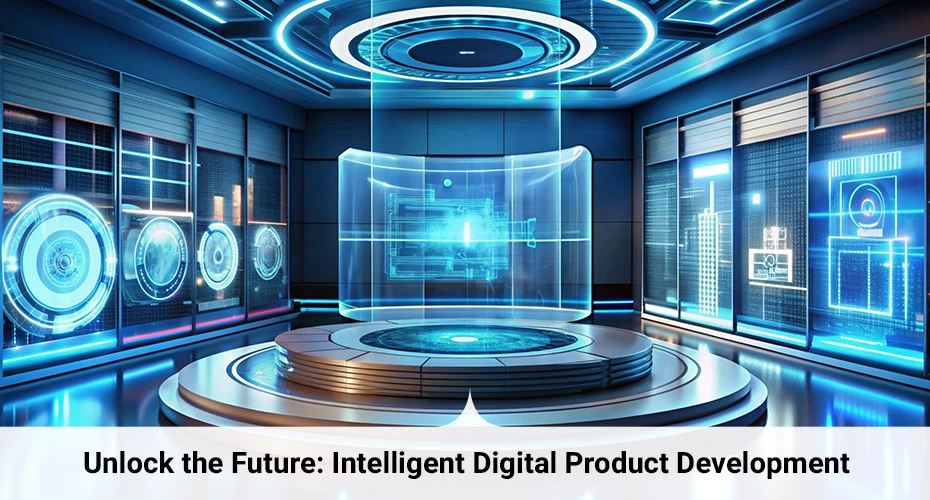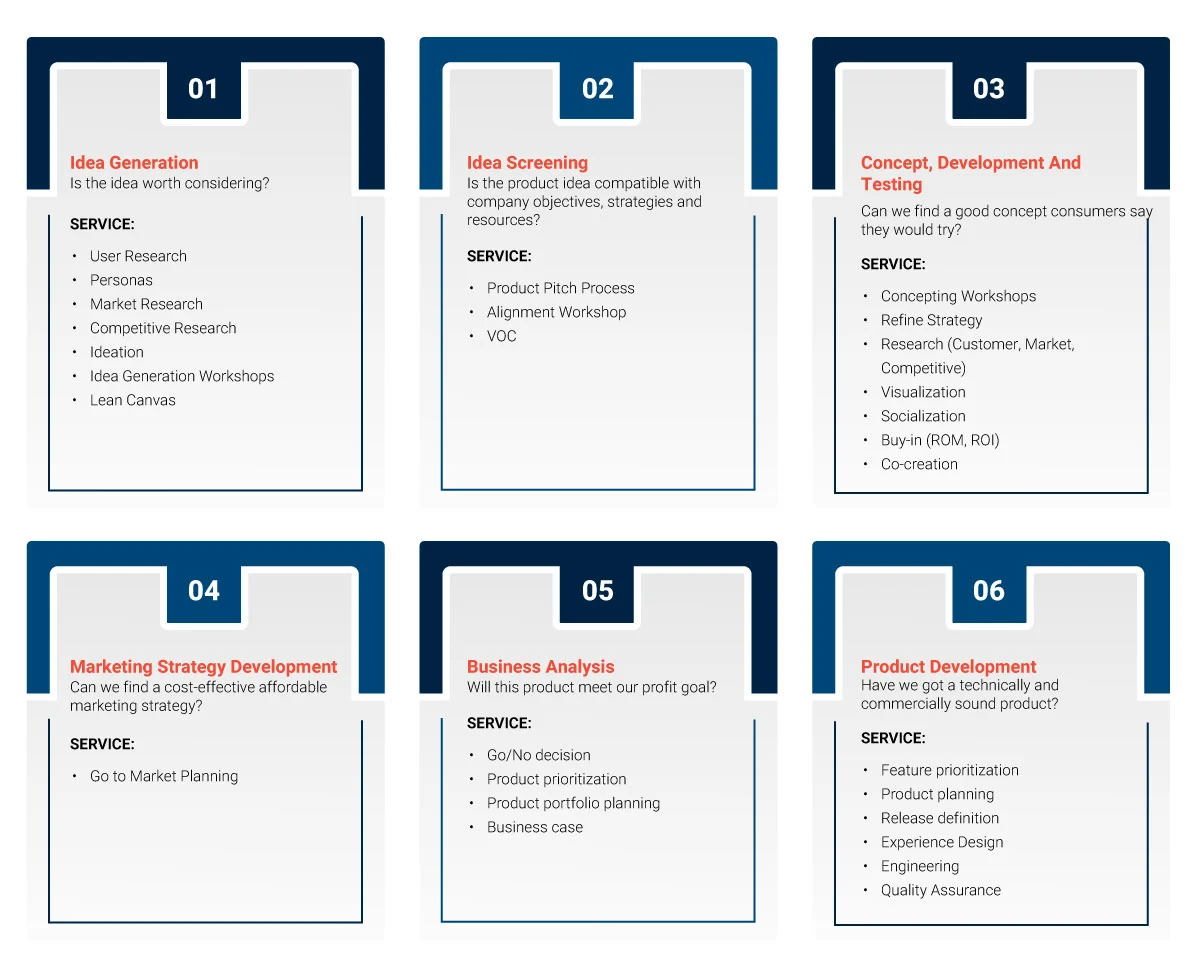Imagine a world where digital interactions are so intuitive that they feel almost human. This is not the distant future— with Generative AI (GenAI), it is rapidly approaching. Over the years, Human-Computer Interaction (HCI) has evolved from the clunky command-line interfaces of the past to the seamless, touch-based experiences we rely on today. But GenAI, combined with advanced product development, is set to take us even further, ushering in a new era of dynamic, intelligent, and highly personalized digital experiences.

This transformation is more than just a shift in how we interact with technology—it is a revolution in how digital products are designed, developed, and maintained. As we stand on the brink of this exciting future, it is crucial for organizations to rethink their digital strategies, modernize their approaches, and equip their teams with the skills needed to thrive in a GenAI-driven world.
Let us explore how GenAI is poised to redefine both HCI and product development, and what steps you can take to stay ahead of the curve.
The Evolution of Human-Computer Interface
Charles Babbage began the HCI journey in the 1830s with an Analytical Engine with punch cards for inputting data and instructions. In the mid-20th century, ENIAC required the manipulation of hardware switches and plugboards to interact with it. Early-stage graphical user interface (GUI) was debuted by a Stanford team in 1968, introducing hypertext, mouse, and Windows concepts. Apple first popularized the widely adopted GUI with the Macintosh, setting new HCI standards for personal computers. In 2007, Apple again transformed HCI with the iPhone, offering an intuitive multi-touch interaction interface.
Apple’s intent in 2024 to integrate ChatGPT into Siri with iOS 18, MacOS Sequoia, and iPADOS18 will be a groundbreaking move. Not only will it improve its assistant, but it will also expose its 1.46 billion iPhone users to the future of more intelligent and useful digital experiences. Furthermore, it will compel its competitors to follow suit, exposing billions of users worldwide to a new paradigm. It can potentially be another watershed iPhone-like launch moment, transforming consumer and employee digital experience expectations.
But what does this mean for the future, and how will GenAI take us even further?
Application and Product Development with AI
While GenAI can provide considerable assistance in every stage of the product lifecycle, as shown below, this article focuses on the implications for the product development phase itself.
Traditional digital products and applications have static interfaces and predefined business rules that guide users through pre-programmed steps based on their inputs. In the co-intelligence era, digital interactions will become more human-like, dynamic, and personalized.

Sample: Product Development Lifecycle
How to Prepare for More Intelligent Applications
The transition from static interfaces to dynamic multi-modal conversations requires retooling and reskilling, several aspects of which are summarized below.
From Static Interfaces to Intelligent Dynamic Conversations
What GenAI brings to the table is “intelligence,” which pre-programmed logic cannot. Its ability to infer context, intent, and emotion and dynamically generate contextualized and personalized content is a momentous change. If that alone was not enough, it could adapt to your preferences in real-time, seamlessly adjusting language to your input/prompt and even generating code to accomplish specific requests.
GenAI can enhance Digital Products and applications by dynamically generating contextually relevant content and interfaces tailored to users’ preferences in multimodal (text, voice, image, and video) form. Each interaction evolves the model in real-time, continuously adapting to new data and user behavior. Inspiration for this model can be gleaned from modern marketing and decomposable Digital Experience Platforms (DXPs) that dynamically generate pages based on the persona and intent.
Methodologies for AI solutions
To dynamically generate content, your AI model will need to be trained on your company’s brand voice and tone, content, transactions, customer interactions, business rules, etc. It will require familiarizing your team with AI and ML (Machine Learning) tools and frameworks and leveraging iterative and agile approaches to train and optimize models interactively. A user-centric modern iterative development approach will be needed to align with ongoing AI model tuning and refinement. Upskilling AI and machine learning knowledge across the team will be critical, from frameworks to tools and best practices.
Data Fabric
Flexibility in the AI era relies on your ability to holistically discover, manage, integrate, automate, secure, and optimize data across multiple clouds, on-premises, and hybrid infrastructures. It is a challenging endeavor requiring a cultural shift towards data sharing, collaboration, and specialized skills to integrate diverse data sources and manage the data fabric.
System Architectures
If you have recently undergone a digital transformation and migrated to the cloud, microservices architectures, API (Application Programming Interface) management platforms, and shored up your real-time processing capabilities, you are already on the right path. The elasticity of Cloud platforms puts you in a great position to support the demands of AI-driven applications.
Multi-Modal
Computer Vision and multimodal capabilities add a new dimension to HCI, opening the doors to more natural, flexible, and inclusive ways to interact with technology. Experience designers will need to design across multiple modes in a seamless manner, and developers will need to build those experiences and support them.
Are your current digital strategies and methodologies equipped to handle the dynamic, intelligent capabilities that users will come to expect?
Driving Innovation in Application and Product Development
Innovations like the iPhone have become formidable change agents, and more intelligent applications and products will become the norm. Imagine the ease of describing your needs, and a dynamically created experience is generated to serve that personalized need. Over time this could begin to blur the lines between organizational silos and create a seamless voice that serves customers in a contextually relevant manner. For example, irate emotions could proactively engage a dynamically generated customer service intervention, marketing spots some behavior that suggests a product you may need, and sales could be seamlessly engaged and opportunities automatically created in the CRM (Customer Relationship Management), etc.
Don’t get left behind in the growing AI revolution. Contact us today to get your discovery assessment and begin transforming your capabilities and digital experiences for tomorrow’s market! We can help assess your AI readiness, define a future state experience roadmap, and modernize your product development processes, products, and applications for competitive advantage and efficiency.
About the Author
With 33 years of experience, Carlos, the Vice President of Customer Experience, specializes in Digital Experience transformation, helping clients transform and grow their businesses across various sectors. He has a proven track record of driving growth and operational efficiencies, leading teams that deliver compelling consumer experiences, including Fortune 500 brands.
